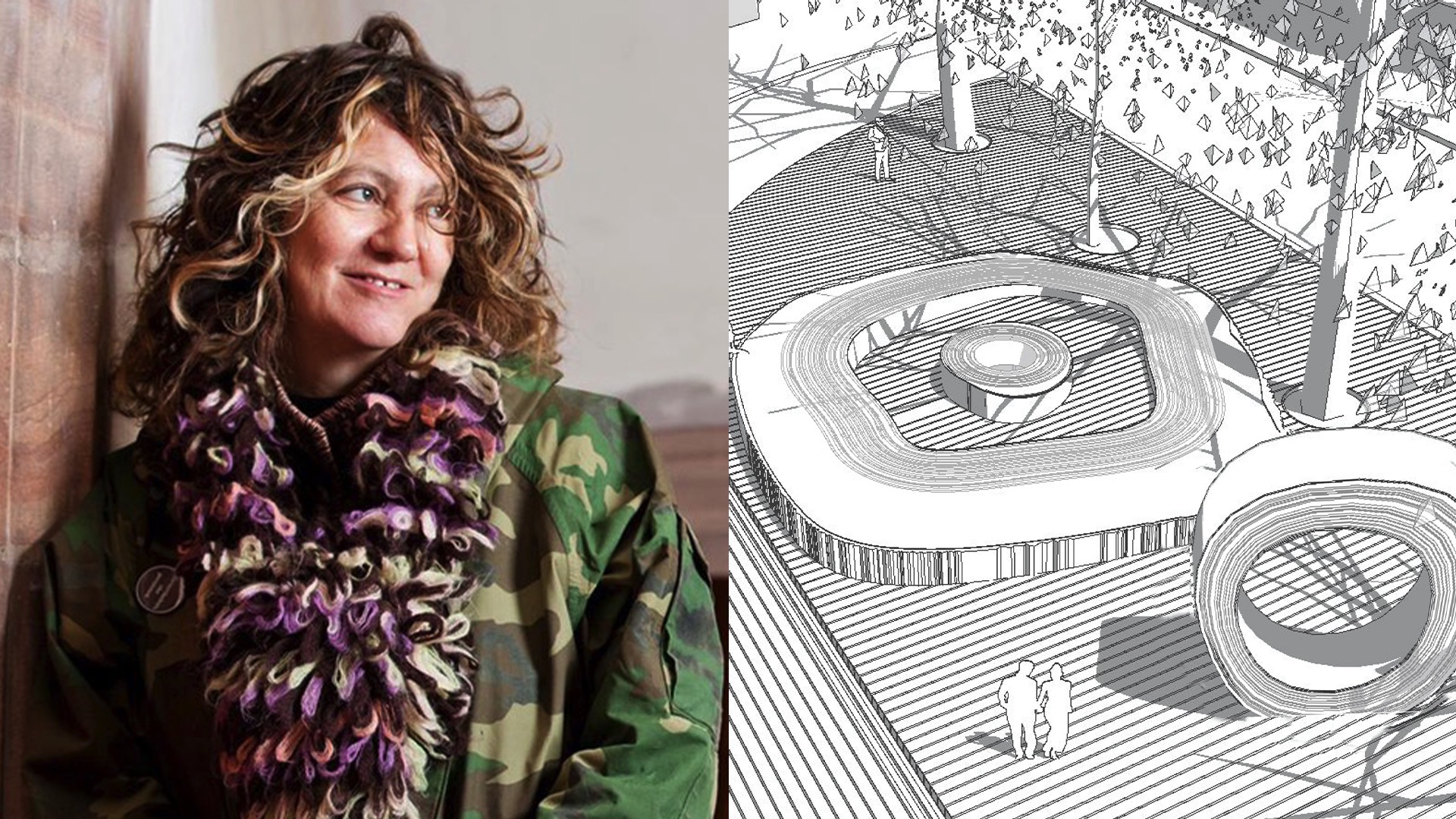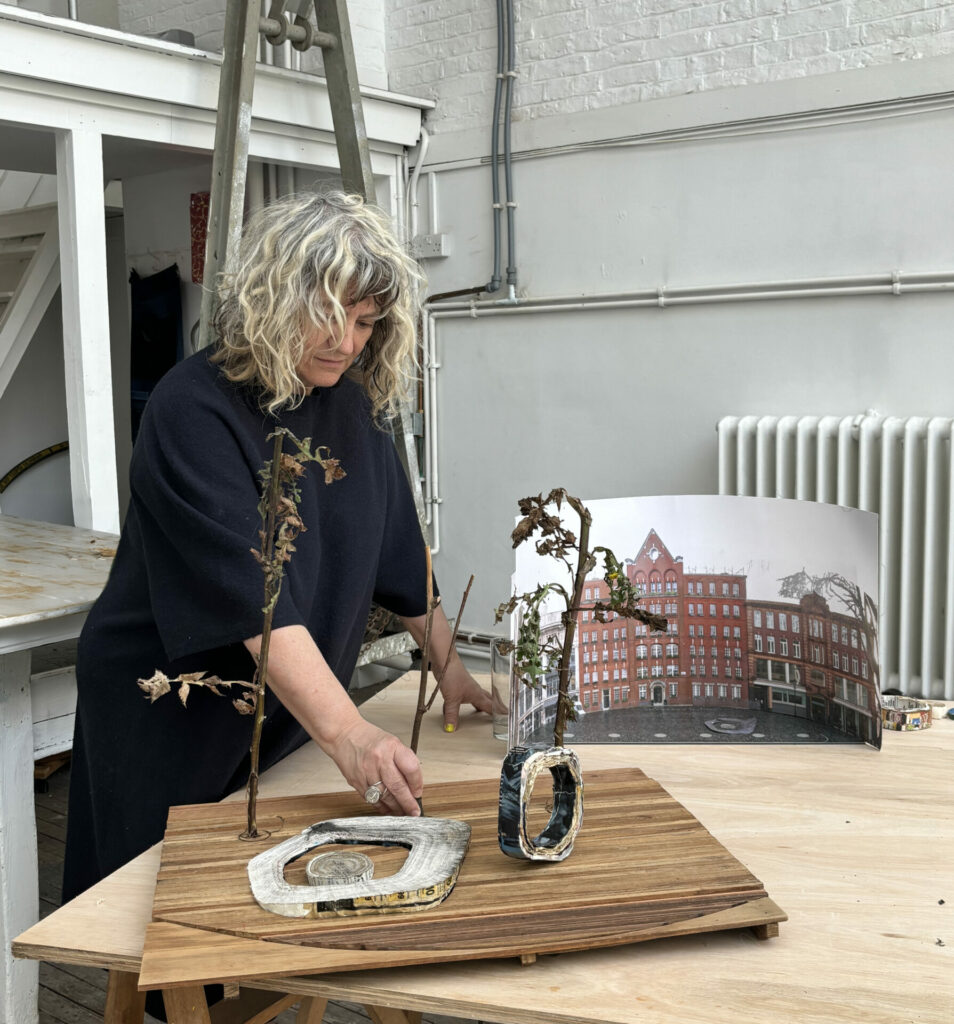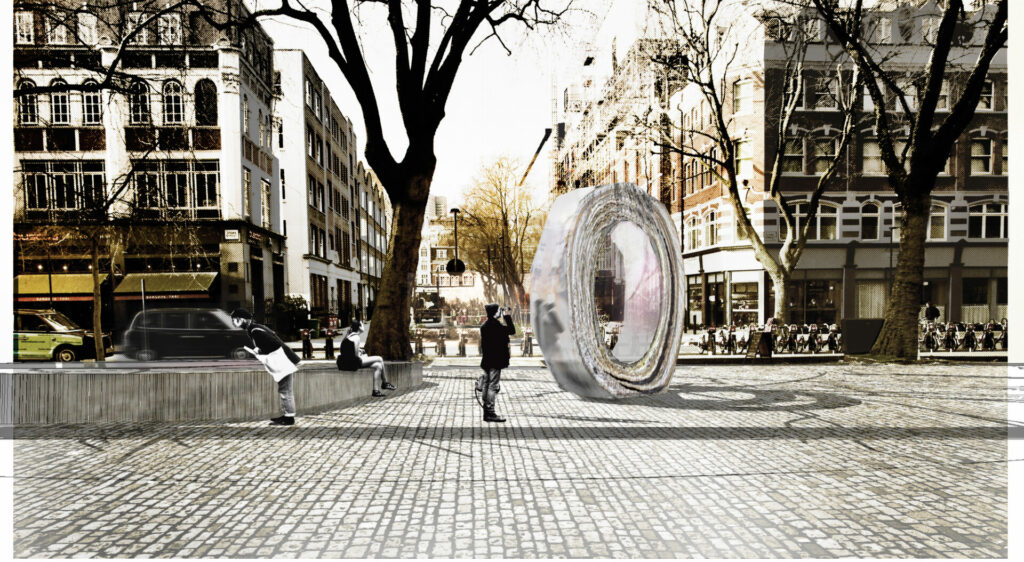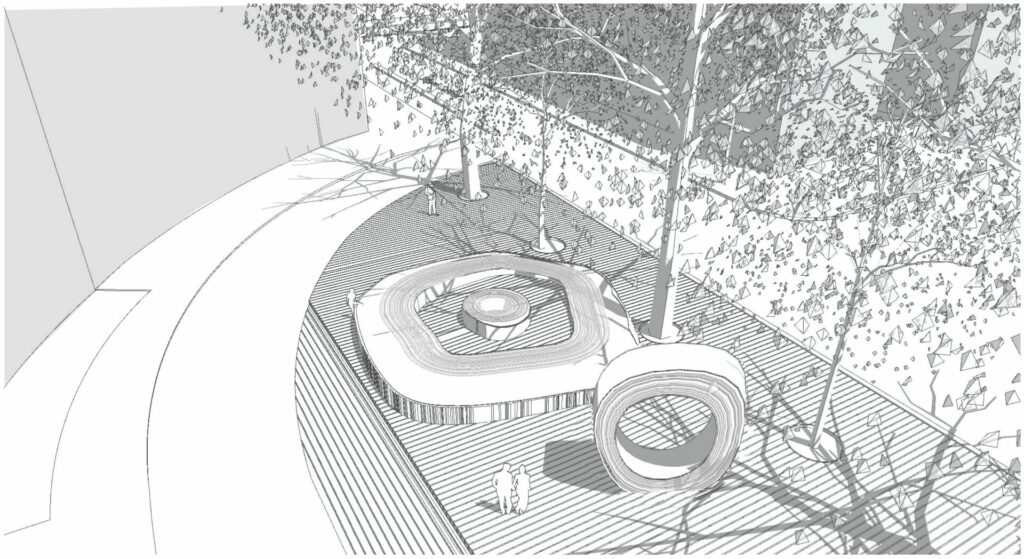Artist and design unveiled for Aids memorial in London
"It will survive longer than all of us and remain a tribute to the epoch we are all living through, a time of HIV & Aids, as we fight on to its end"

The British artist Anya Gallaccio has been chosen to create London’s first permanent Aids memorial.
On Wednesday (12 June) AIDS Memory UK, the group behind the memorial, announced Gallaccio as the winner of the commission as well as unveiling her design. The memorial will be located on South Crescent, Store Street in Fitzrovia – near the former Middlesex Hospital, where the first ward dedicated to the care and treatment of people affected by HIV/Aids in the UK was established. It was here Diana famously shook hands with a man living with Aids.



The memorial will take the form of a felled tree. It will consist of a tree trunk from which the core has been extracted and displayed upright nearby. The hollow space will invite visitors to interact and engage with the memorial whilst serving as a reminder of those who have been lost to HIV/Aids.
It’s hoped that the monument will be fully unveiled in 2027 with Gallaccio set to conduct further research and development. AIDS Memory UK will be delivering a programme of events and projects in the meantime to raise funds. £130,000 was previously committed to the memorial by London Mayor Sadiq Khan.
“A living place of remembrance both for the communities most directly affected by HIV and for all Londoners”
Gallaccio is known for creating site-specific installations using organic materials. She was chosen by a panel of judges from a five-person shortlist also including Ryan Gander, Harold Offeh, Shahpour Pouyan, and Diana Puntar. One of the criteria considered was an engagement with global conversations around HIV/Aids and a connection to the most impacted communities.
Gallaccio has said of her win and design: “The proposal as it stands is holding space with the intention of providing a meeting place, a heart for community generated events and oral histories… The tree is a symbol of life. The planes that line the street side of the crescent are everywhere in the city, for good reason, they withstand pollution. They are survivors, living, despite their environment, a clunky but perhaps fitting metaphor for those living with HIV and Aids. Hidden in plain sight.”
Curator Michael Morris, on behalf of the AMUK Selection Panel which chose Gallaccio, added that the “expression of loss and resilience, and its constant presence through time, could not be clearer” in the artist’s design. Morris also said: “The horizontal trunk and the vertical rings that watch over it powerfully and poignantly merge to memorialise the Aids crisis, creating a living place of remembrance both for the communities most directly affected by HIV and for all Londoners.”
Ash Kotak, the Founder of AIDS Memory UK, added: “Now is the time for Londoners, and friends of this great city, to come together to fundraise and build this important new public artwork. It will survive longer than all of us and remain a tribute to the epoch we are all living through, a time of HIV & Aids, as we fight on to its end.”
